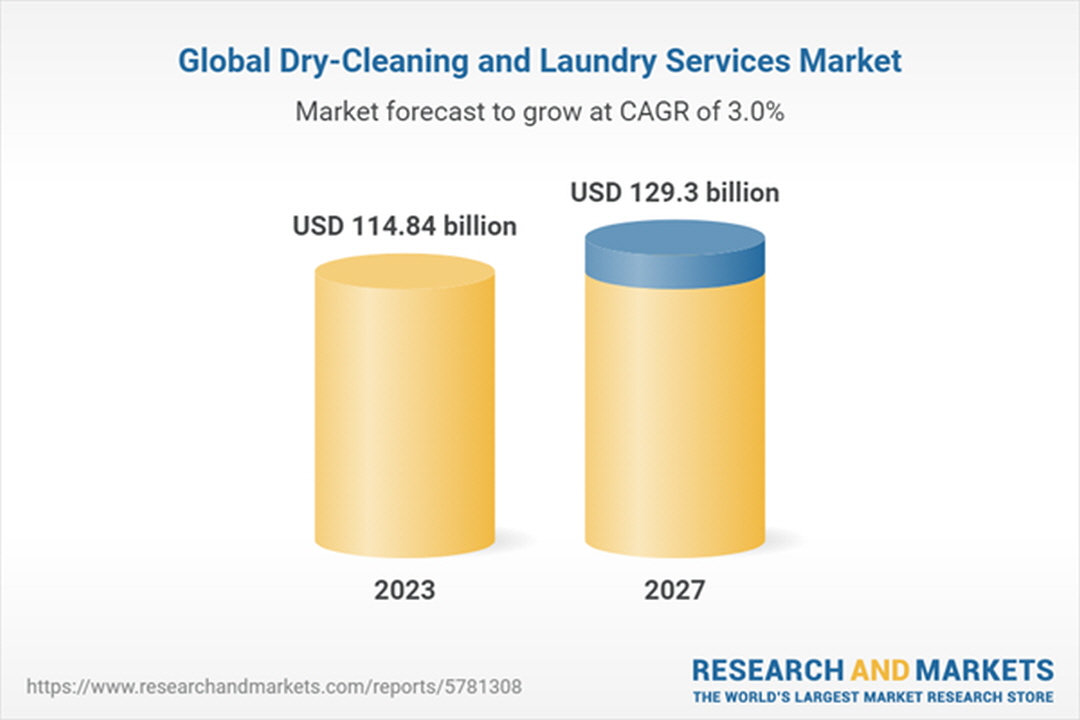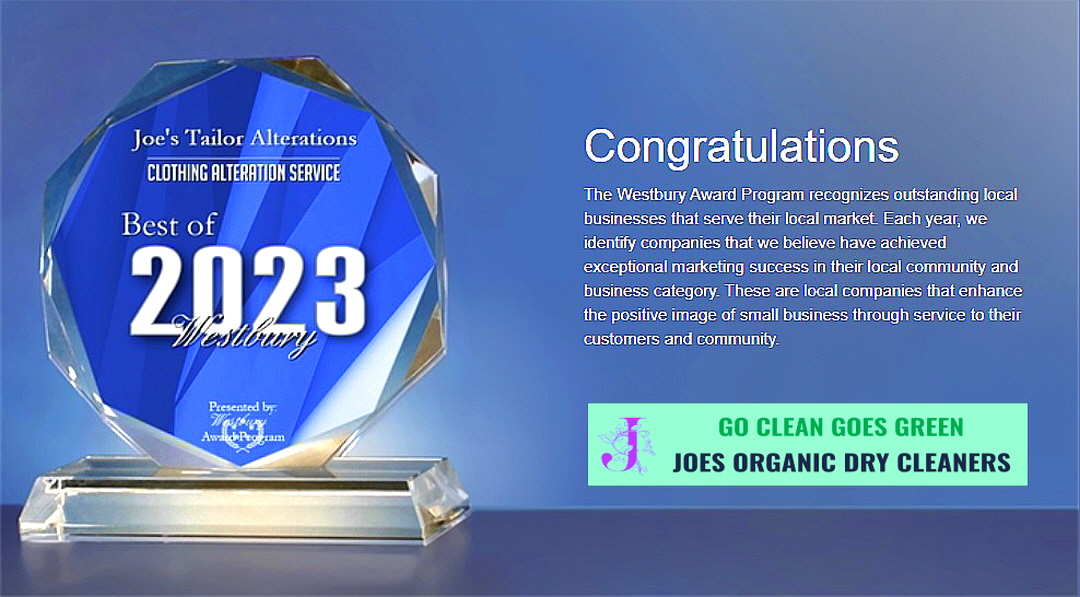Global Dry-Cleaning and Laundry Services Market
Dublin, Sept. 05, 2023 (GLOBE NEWSWIRE) — The “Dry-Cleaning And Laundry Services Global Market Report 2023” report has been added to ResearchAndMarkets.com’s offering.
This comprehensive study uncovers the dynamic landscape of the dry-cleaning and laundry services market, showcasing its remarkable growth trajectory from $110.63 billion in 2022 to $114.84 billion in 2023, achieving a robust Compound Annual Growth Rate (CAGR) of 3.8%.
Navigating Global Challenges: Recovery in the Midst of Disruption: Amidst the repercussions of the COVID-19 pandemic, the global economic resurgence faces a roadblock caused by the Russia-Ukraine conflict. This geopolitical crisis has triggered economic sanctions, supply chain disruptions, soaring commodity prices, and inflation across goods and services, casting its shadow across diverse markets worldwide. Despite these hurdles, the dry-cleaning and laundry services market forges ahead, projected to ascend to $129.3 billion by 2027, maintaining a steadfast CAGR of 3.0%.
A Gateway to Innovation: Elevating Industry Standards: The report unfolds a paradigm shift in the dry-cleaning and laundry services arena, as major players embrace product innovations to strengthen their market presence. In a landmark move, Menarini Silicon Biosystems launched the revolutionary CellMag CTC Epithelial Cell kit in February 2021. This innovative solution leverages ferrofluid technology to streamline the manual immuno-magnetic enrichment and staining of rare circulating tumor cells (CTCs). By enhancing efficiency and standardizing sample preparation, this breakthrough product ushers in a new era of excellence in liquid biopsy labs.
Another striking development occurred in April 2021, with Agilent Technologies Inc.’s strategic acquisition of Resolution Bioscience Inc. This strategic move bolsters Agilent’s capabilities in cancer diagnostics, empowering the medical sector with cutting-edge next-generation sequencing-based oncology solutions.
Global Impacts and Emerging Horizons: The report’s panoramic lens captures the diverse regions influencing the dry-cleaning and laundry services market, encompassing Asia-Pacific, Western and Eastern Europe, North America, South America, Middle East, and Africa. Notably, North America seized the lead in the market in 2022, while Asia-Pacific emerged as a promising growth frontier.
Revolutionizing Hospitality through Linen Care: The gradual shift in consumer spending towards tourism is anticipated to fuel the hospitality sector’s expansion, driving demand for dry-cleaning and laundry services. A burgeoning trend in the industry involves multi-booking of hotel rooms on a single day, triggering increased linen changes. This strategic approach necessitates professional launderette services, optimizing operational efficiency and maintaining service quality. As the hospitality industry flourishes, the dry-cleaning and laundry services market is poised for substantial growth.
Unlocking Market Potential: The dry-cleaning and laundry services market encompasses a wide array of offerings, from clinical samples and KRT7 to PSMA-positive cells and TTF-1-positive solutions. This thriving sector extends beyond service provision, elevating value and efficacy throughout the market’s ecosystem.
Key Questions Addressed:
Where is the most extensive and fastest-growing dry-cleaning and laundry services market?
How does this market intersect with the global economy and demography, as well as other related markets?
What transformative forces are poised to shape the market’s trajectory?
Shaping the Industry: Major Players and Pioneers:
Elis SA
Spotless Group Holdings Ltd
CSC Serviceworks Holdings Inc.
Johnson Service Group
Downer EDI Limited
K Bro Linen Inc.
Atlantic City Linen Supply LLC
Linen King LLC
Radiant Services Corporation
For more information about this report visit https://www.researchandmarkets.com/r/onp8ca






































